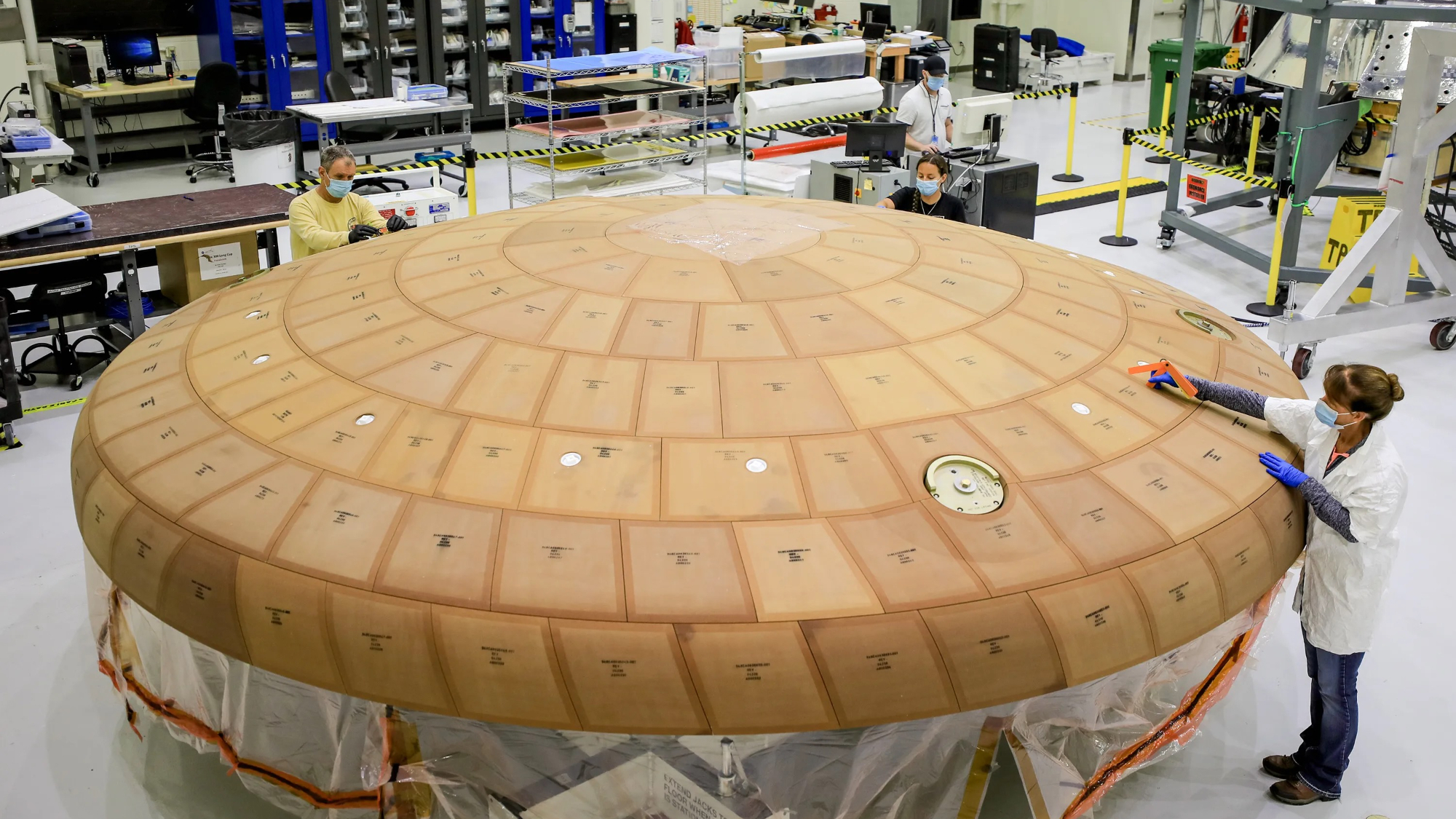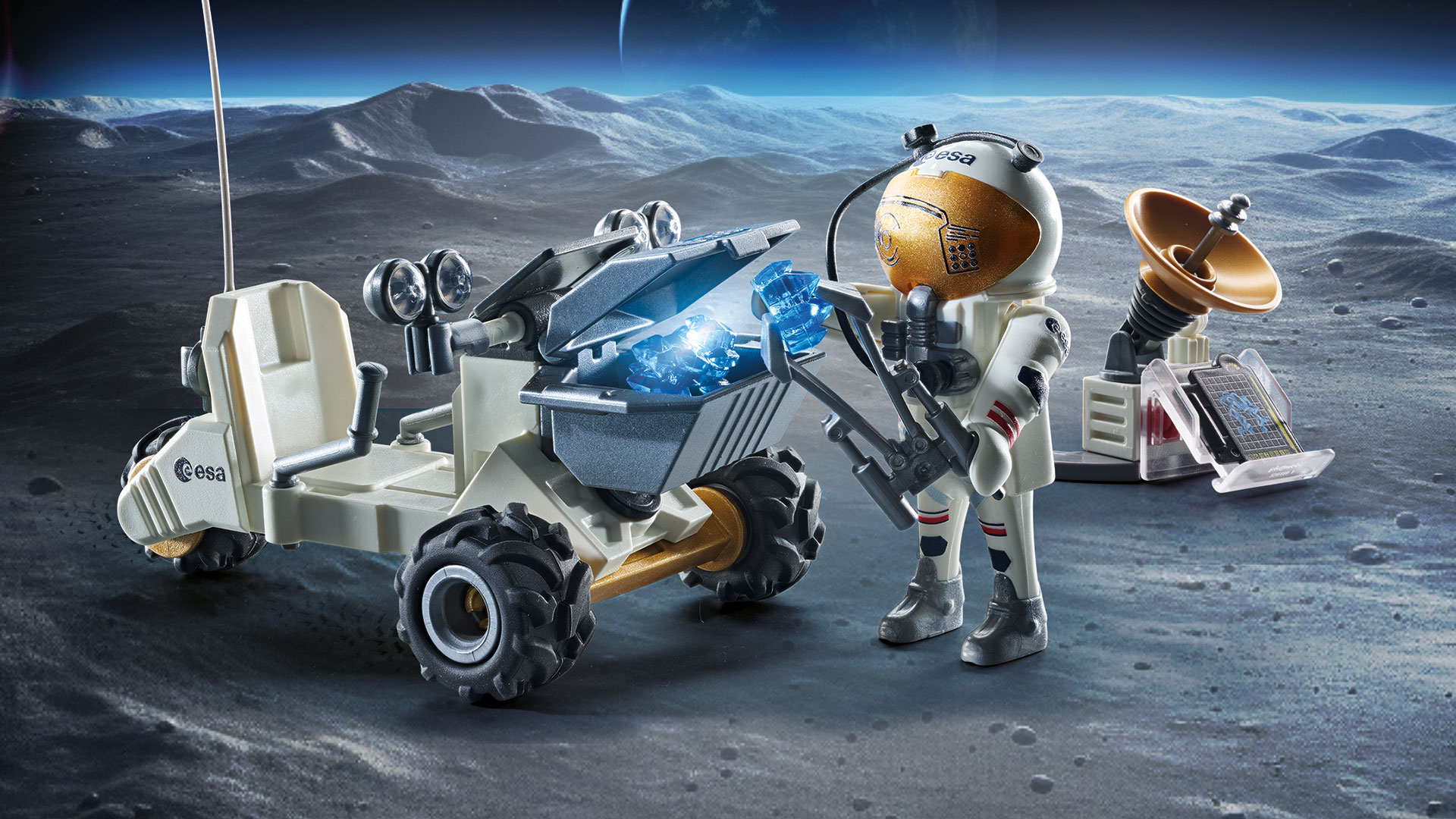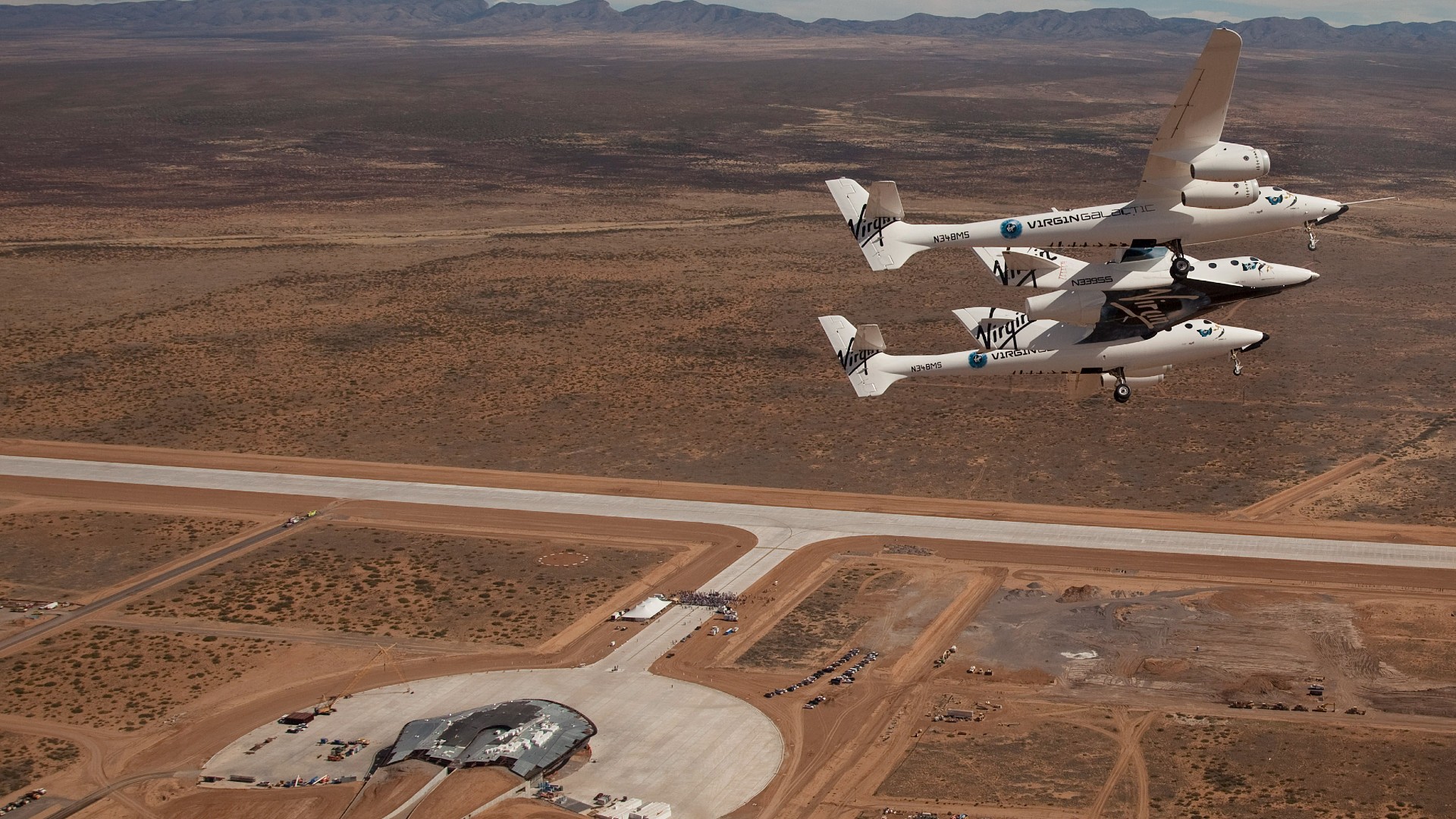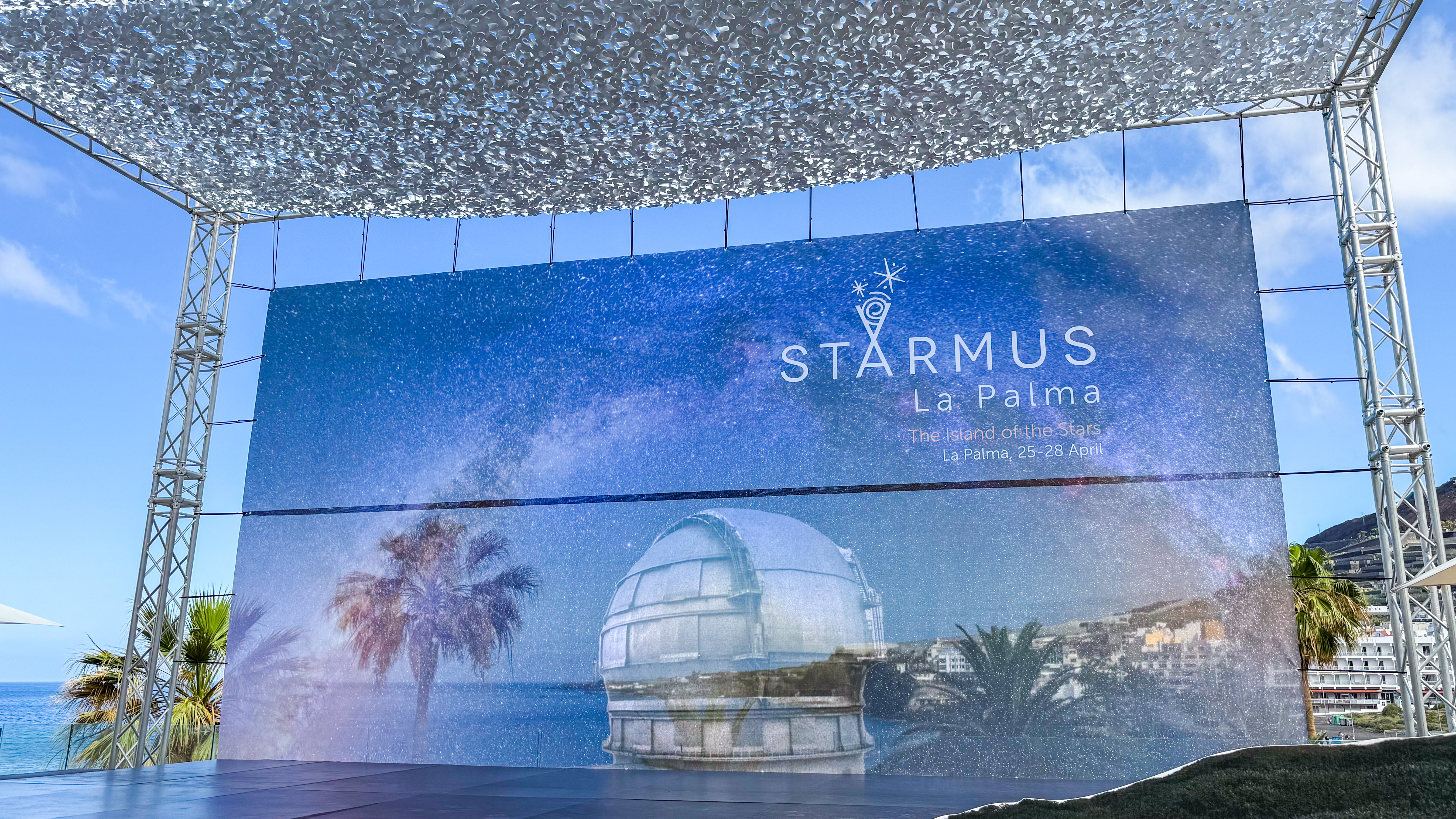Mars Rover Blocked, Must Take Long Way Down
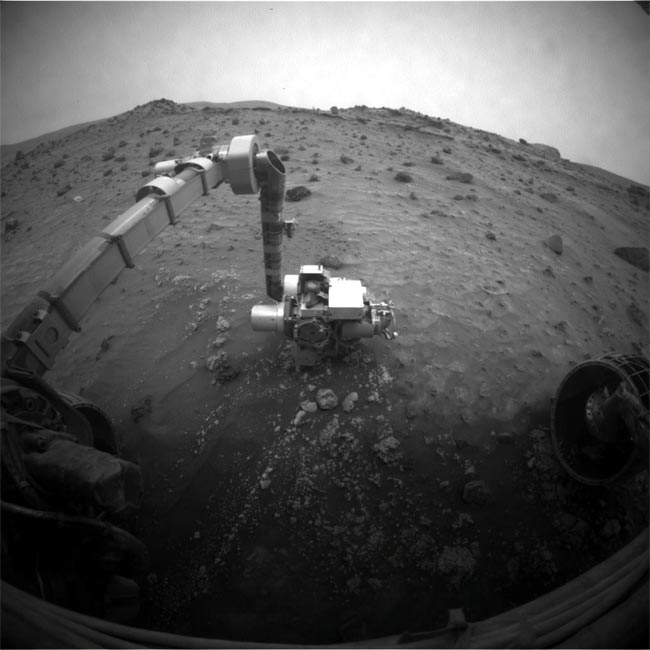
Loose soil piled against a low plateau has blocked NASA's Mars Exploration Rover Spirit from taking the shortest route toward its southward destinations for the upcoming Martian summer and following winter.
The rover has begun a trek skirting at least partway around the plateau, called "Home Plate," instead of directly over it.
Spirit spent 2008 on the northern edge of Home Plate, a flat-topped deposit about the size of a baseball field, composed of hardened ash and rising about 5 feet (1.5 meters) above the ground around it.
Despite the route change, Spirit has been able to get a jump start on its summer science plans, examining a silica-rich outcrop that adds information about a long-gone environment that had hot water or steam.
And even a circuitous route to the destinations chosen for Spirit would be much shorter than the overland expedition Spirit's twin, Opportunity, is making on the opposite side of Mars.
Both rovers landed on Mars in 2004 for what were originally planned as three-month missions, but have now extended to more than five years.
The scientists and engineers who operate the rovers chose as 2009 destinations a steep mound called "Von Braun" and an irregular, 150-foot-wide (45-meter-wide) bowl called "Goddard." These side-by-side features offer a promising area to examine while energy is adequate during the Martian summer and also to provide the next north-facing winter haven beginning in late 2009. It is mid-spring now in the southern hemisphere of Mars.
Get the Space.com Newsletter
Breaking space news, the latest updates on rocket launches, skywatching events and more!
Von Braun and Goddard intrigue scientists as sites where Spirit may find more evidence about an explosive mix of water and volcanism in the area's distant past. They are side-by-side, about 200 meters, or yards, south of where Spirit is now.
The rover team tried to drive Spirit onto Home Plate, heading south toward Von Braun and Goddard. They tried this first from partway up the slope where the rover had spent the winter. Only five of the six wheels on Spirit have been able to rotate since the right-front wheel stopped working in 2006. With five-wheel drive, Spirit couldn't climb the slope.
In January and February, Spirit descended from Home Plate and drove eastward about 50 feet (15 meters) toward a less steep on-ramp. Spinning wheels in loose soil led the rover team to choose another of its options.
"Spirit could not make progress in the last two attempts to get up onto Home Plate," said John Callas of NASA's Jet Propulsion Laboratory, Pasadena, Calif., project manager for both rovers. "Alternatively, we are driving Spirit around Home Plate to the east.
Spirit will have to go around a couple of small ridges that extend to the northeast, and then see whether a route east of Home Plate looks traversable. If that route proves not to be traversable, a route around the west side of Home Plate is still an option."
During the drive eastward just north of Home Plate in January, Spirit stopped to use tools on its robotic arm to examine a nodular, heavily eroded outcrop dubbed "Stapledon, which had caught the eye of rover-team scientist Steve Ruff, of Arizona State University in Tempe, when he looked at images and infrared spectra Spirit took from its winter position.
"It looked like the material east of Home Plate that we found to be rich in silica," Ruff said. "The silica story around Home Plate is the most important finding of the Spirit mission so far with regard to habitability. Silica this concentrated forms around hot springs or steam vents, and both of those are favorable environments for life on Earth."
Sure enough, Spirit's alpha particle X-ray spectrometer found Stapledon to be rich in silica, too.
"Now we have found silica on a second side of Home Plate, expanding the size of the environment we know was affected by hot springs or steam vents," Ruff said. "The bigger this system, the more water was involved, the more habitable this system may have been."
Researchers plan to use Spirit's thermal emission spectrometer and panoramic camera to check for more silica-rich outcrops on the route to Von Braun and Goddard. However, the team has set a priority to make good progress toward those destinations.
Winds cleaned some dust off Spirit's solar panels on Feb. 6 and Feb. 14, resulting in a combined increase of about 20 percent in the amount of power available to the rover.
Opportunity, meanwhile, shows signs of increased friction in its right-front wheel. The team is driving the rover backwards for a few sols (or Martian days), a technique that has helped in similar situations in the past, apparently by redistributing lubricant in the wheel.
Opportunity's major destination is Endeavour Crater, about 14 miles (22 kilometers) in diameter and still about 7 miles (12 kilometers) away to the southeast. Opportunity has been driving south instead of directly toward Endurance, to swing around an area where loose soil appears deep enough to potentially entrap the rover.
Join our Space Forums to keep talking space on the latest missions, night sky and more! And if you have a news tip, correction or comment, let us know at: community@space.com.

Space.com is the premier source of space exploration, innovation and astronomy news, chronicling (and celebrating) humanity's ongoing expansion across the final frontier. Originally founded in 1999, Space.com is, and always has been, the passion of writers and editors who are space fans and also trained journalists. Our current news team consists of Editor-in-Chief Tariq Malik; Editor Hanneke Weitering, Senior Space Writer Mike Wall; Senior Writer Meghan Bartels; Senior Writer Chelsea Gohd, Senior Writer Tereza Pultarova and Staff Writer Alexander Cox, focusing on e-commerce. Senior Producer Steve Spaleta oversees our space videos, with Diana Whitcroft as our Social Media Editor.
